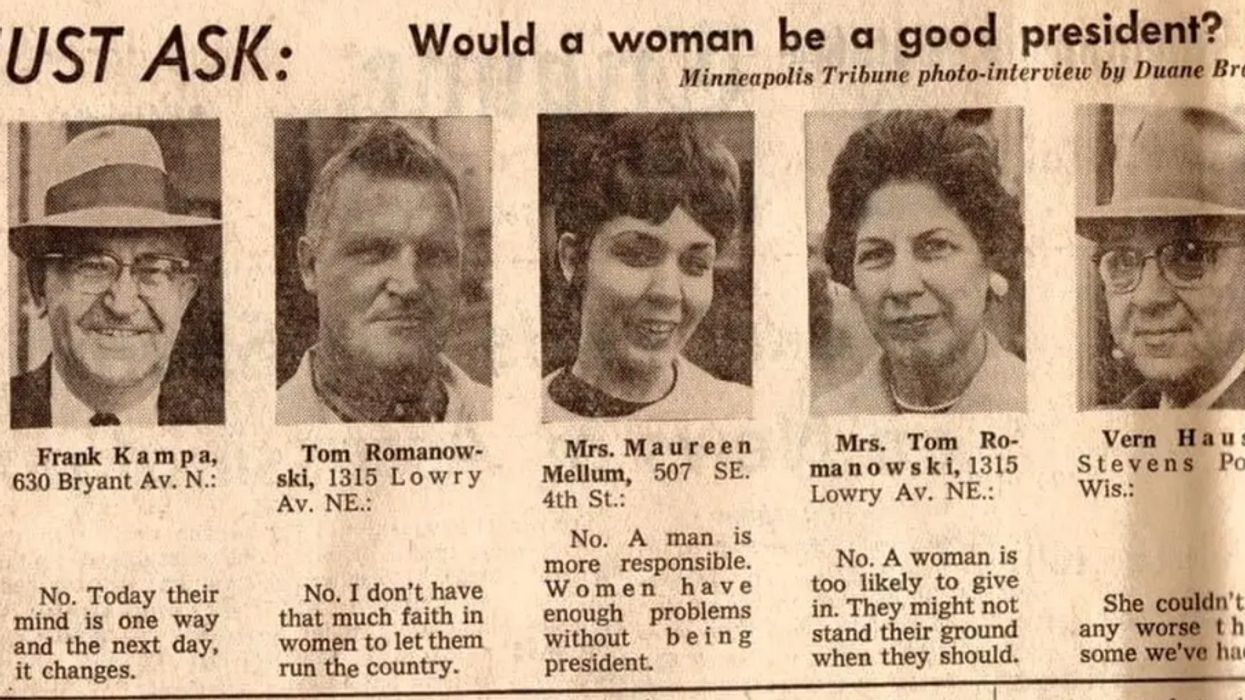In late August and September 2005, Americans were horrified by images of the disastrous flooding caused by Hurricane Katrina in New Orleans. The video of thousands of people huddled at the Superdome waiting for relief supplies and shots of people stranded on rooftops are permanently etched on the nation’s psyche. It was a scene straight out of a war-torn developing country, and it appeared as though our government was doing little about it.
A flash flood struck New Orleans on Saturday, dropping 9 inches in Mid-City and 5 inches in other neighborhoods. The freak deluge, dubbed by some as “Mini Katrina,” left cars motionless in streets and people wading through hip-high water in the hardest hit areas.
We need a flood solution for #NewOrleans @sejorg @FloodsOrg @TheFloodExpo @NOLAnews @theadvocatebr @HQUSAE @thehill pic.twitter.com/4EVfDdvyOv
— Russel L. Honore' (@ltgrusselhonore) August 7, 2017
Flood advisory continues until 6:45 pm CDT for New Orleans, Metairie, Jefferson and Lakefront Airport. VIdeo: @DCARTERII #lawx pic.twitter.com/N73uS8OzdN
— Meredith Garofalo (@GarofaloWX) August 5, 2017
Although images of the initial flooding dredged up memories of the 2005 disaster, the city quickly dried out through a combination of gravity and the city’s advanced pumping system. Much of the city was ready for clean up by Sunday, but residents questioned whether the pumping system was strong enough to handle such a torrential downpour. New Orleans City Council president Jason Williams raised the specter of Katrina when addressing the city’s response to the downpour. “If we can’t handle a bad storm, then what will we do when there is a hurricane?” Williams asked CBS News.
The city’s Sewerage and Water Board initially said its response was adequate given the amount of rain that fell in such a short time. “There is no drainage system in the world that can handle that immediately,” said the board’s executive director, Cedric Grant, according to WWLTV. “I continue to tell the people what this system can do. It’s pretty amazing in that it can do one inch of rain in the first hour and a half an inch of rain every hour after that. We are dealing with 8 to 10 inches of rain in three hours. It is not going to be able to pump that in an hour.”
On Tuesday, the New Orleans City Council held a meeting to address the issue, and Grant offered a much different version of the story. He revelaed that at least 14 out of the 121 pumps in the city were not functioning properly. “[The] information I have learned over the last 24 hours indicates that some parts of our system did not operate as they should have, which is disappointing because it contradicts information that I was given to provide to the public,” Grant said. He also announced that he would be retiring in the fall.
Later in the meeting, Mayor Mitch Landrieu announced the resignation of the city’s Public Works director and called for the Sewerage and Water Board to fire its communications director and superintendant. The swift reaction by the New Orleans City Council to rectify the mismanagement of the flood shows how governments should react when those who are entrusted with the public’s safety fail. But a truly effective local government would have ensured that vital city services were functioning properly in the first place.

















 Otis knew before they did.
Otis knew before they did.